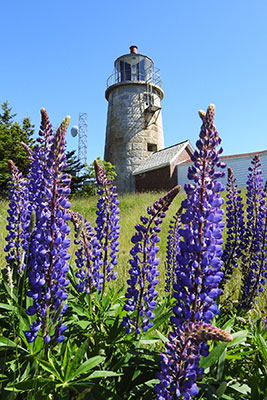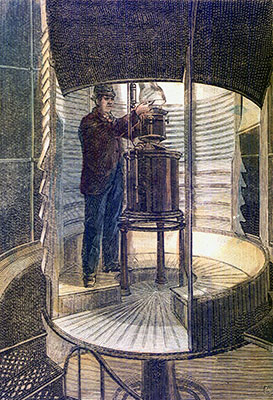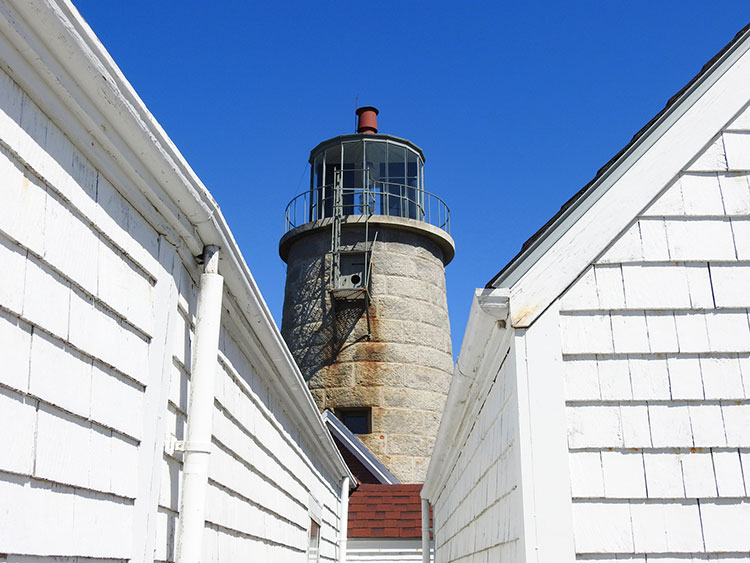Lighthouses and Our Communities
Some lighthouses were built on desolate, wave-swept ledges or upon remote headlands to mark navigational hazards along important seacoast routes.

(Bob Trapani, Jr. photo)
However, a number of lighthouses were established as guides into important harbors where a tight-knit community and their seafaring heritage / commerce thrived. It is such places where a lighthouse was considered more than simply an aid to navigation. The lighthouse was a vital part of the harbor’s cultural fabric. These beacons of the sea conveyed a unique and beloved sense of place. Here, the lighthouse was considered a part of the community family.
This was true in the glory days of the lights – and it remains so in our present time. Harold D. King, Commissioner of the United States Lighthouse Service (USLHS) from 1935 to 1939, once quoted Professor Albert Einstein to make a comparison to the value and work of the Lighthouse Service, as it related to the community.

(Frank Leslie’s Illustrated Newspaper image, 1886)
In the January 1937 issue of the Lighthouse Service Bulletin, USLHS Commissioner Harold D. King, noted, “Professor Albert Einstein, in a paper on educational aims prepared for delivery at the recent Harvard Tercentenary, used the following sentence: ‘The aim should be to produce individuals capable of independent action and thought, yet who feel that their greatest service in life is to the community.’ These words appear very significant to all whose life work is in a career service devoted to promoting the safety of life and property at sea. This is surely service to the community, and education with that aim should be continuous throughout such a career.”
I believe Mr. King’s sentiments still hold true today for the 21st century “keepers of the lights” – professionals and civic-minded volunteers alike. Lighthouse preservation – just like keeping a good light during bygone eras, is an honorable community service that we can all take great pride in. May such focus, efforts and appreciation shine on in our coastal communities!
